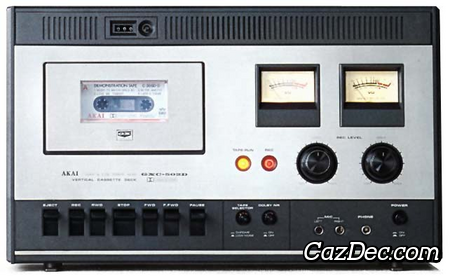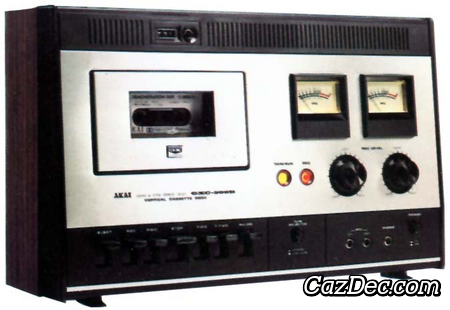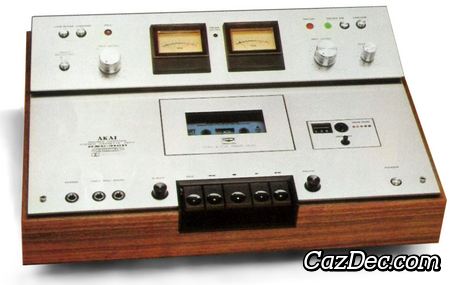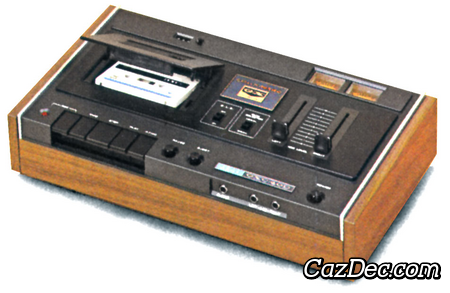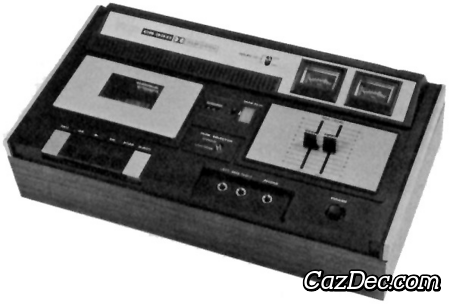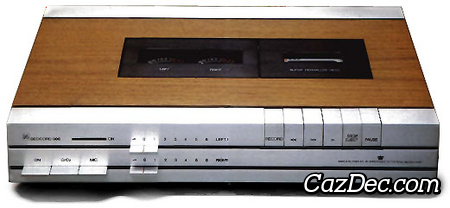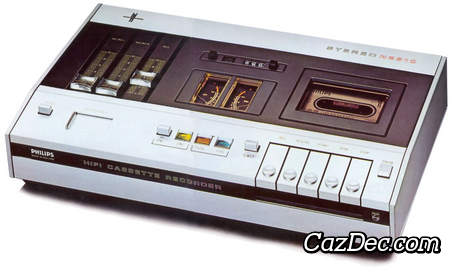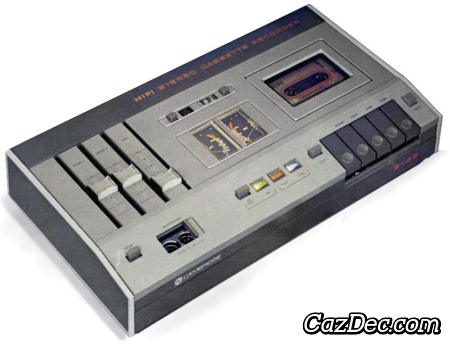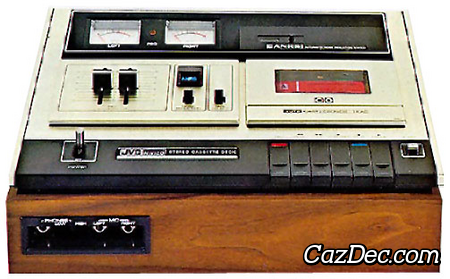
Akai CS-30D Stereo Cassette Deck
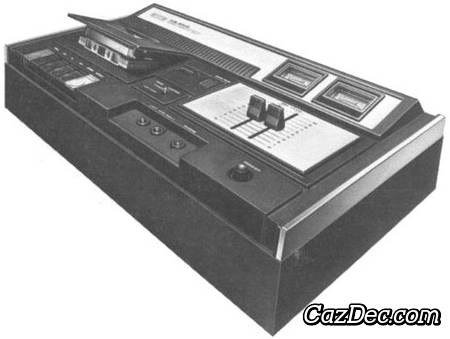
The Akai CS-30D is a stereo cassette deck, it was introduced by Akai in 1973 with a manufacturer suggested retail price of USD $170 and discontinued 2 years later in 1975.
The main features of the Akai CS-30D cassette deck are: 2 heads, analog 3 digit tape counter, manual tape type selection with support for normal and chrome tapes, belt driven single-capstan transport.
Typical of this deck is the 70's top loading layout with the cassette compartiment located on the left side of the deck. Tape eject is operated mechanically and the cassette needs to be placed with the side to be played facing forward in the cassette well.
Level meters used on the Akai CS-30D cassette deck are analog needle VU reading meters. Mechanical transport controls for reliable Akai CS-30D transport function selection.
To make live recordings this deck has 2 microphone inputs to connect microphones with a jack connector. For undisturbed listening a jack connector for a pair of stereo headphones is supplied.

Historic events
Features of Akai CS-30D

 2 Mono Microphone Inputs
2 Mono Microphone Inputs
 Headphones
Headphones
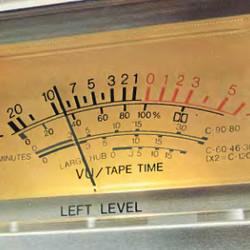
 3-Digıt Mechanical Counter
3-Digıt Mechanical Counter
 Analog Needle Meters
Analog Needle Meters
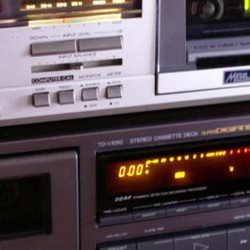
 Orientation Left
Orientation Left
 Top Loading
Top Loading
 Black Finish
Black Finish
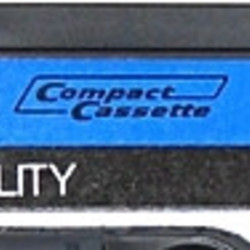
 Stereo
Stereo
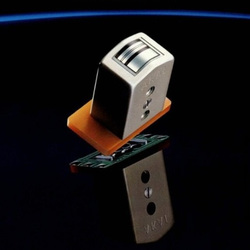
 2 Head Desiǥn
2 Head Desiǥn
 4 Track / 2 Channel
4 Track / 2 Channel
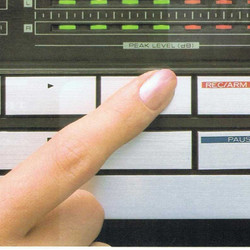
 Mechanical Transport Control
Mechanical Transport Control
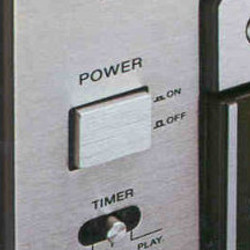
 Alternating Current
Alternating Current
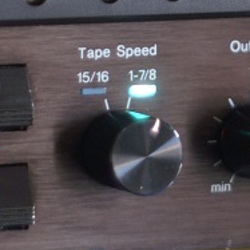
 1⅞ ips - 4.76 cm/s
1⅞ ips - 4.76 cm/s
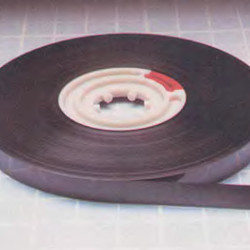
 Normal Tape Capabilıty
Normal Tape Capabilıty
 Manual Tape Type Selection
Manual Tape Type Selection
 Chrome Tape Capabilıty
Chrome Tape Capabilıty

 Sìngle Capsŧan Transport
Sìngle Capsŧan Transport
 Belt Drive (Capsŧan)
Belt Drive (Capsŧan)
 Mechanical Tape Loading
Mechanical Tape Loading
 Auto Stop
Auto Stop
Similar to Akai CS-30D from the period 1973 - 1975
Notice on copying anything
Copying Akai CS-30D information from this site and use it in your auction or on your website is not allowed. A link to this page for Akai CS-30D is allowed from your website or auction.

